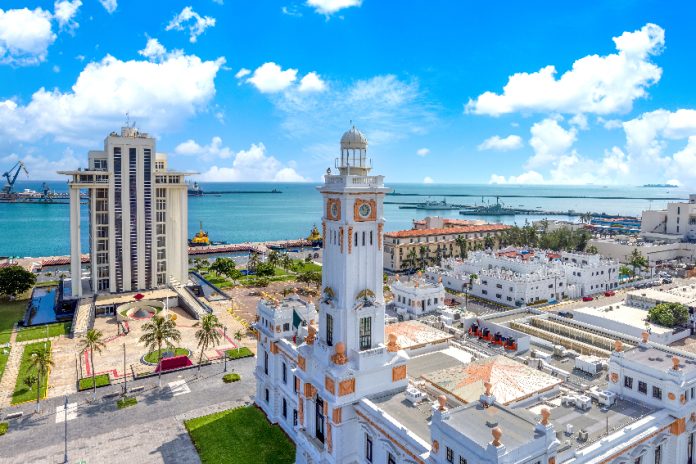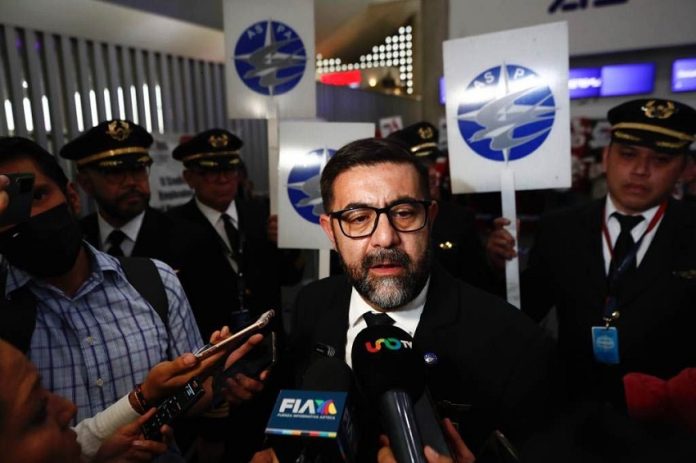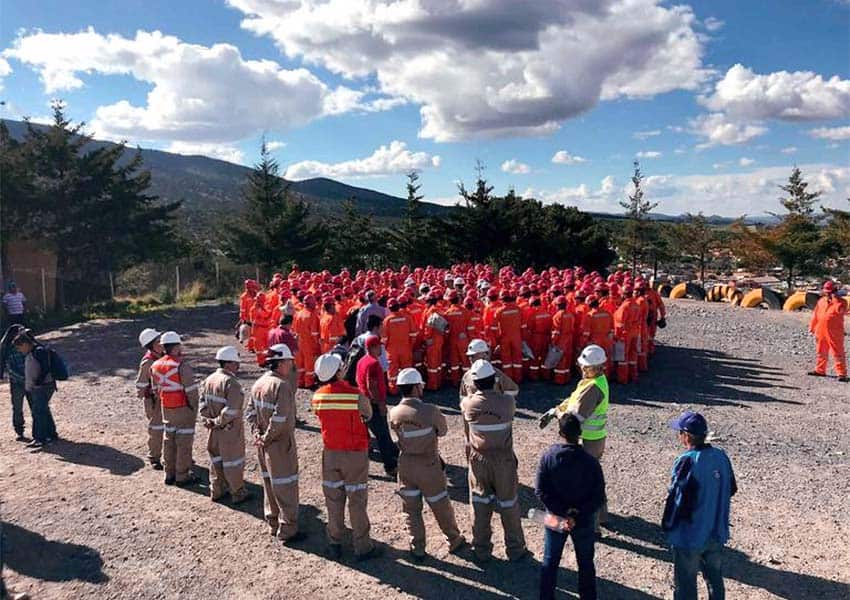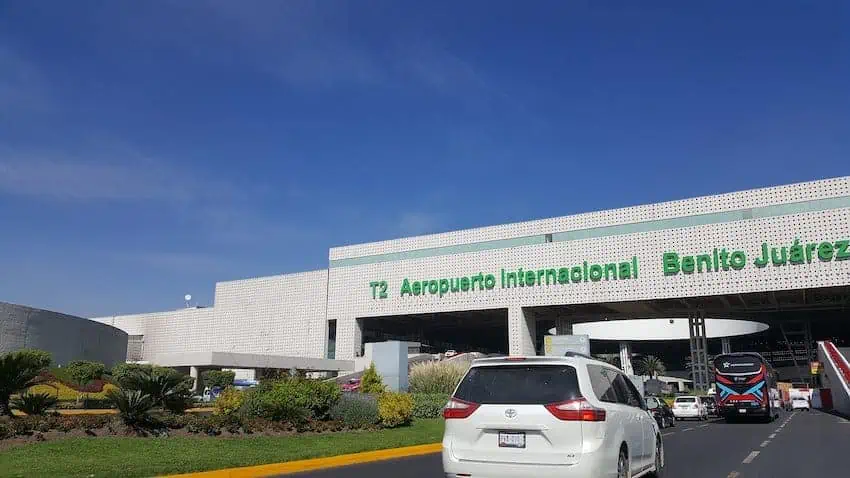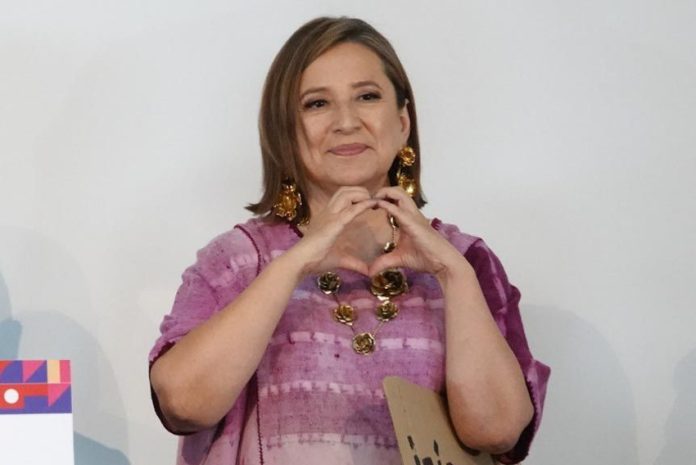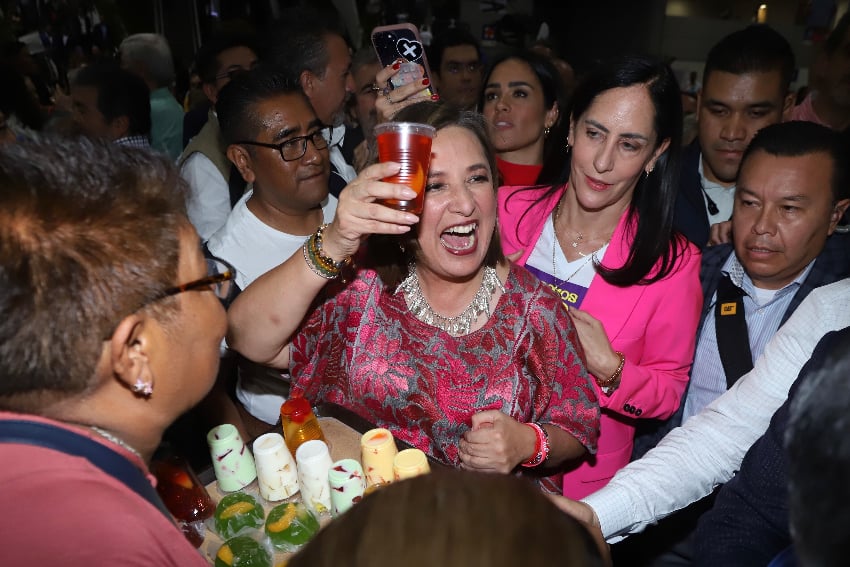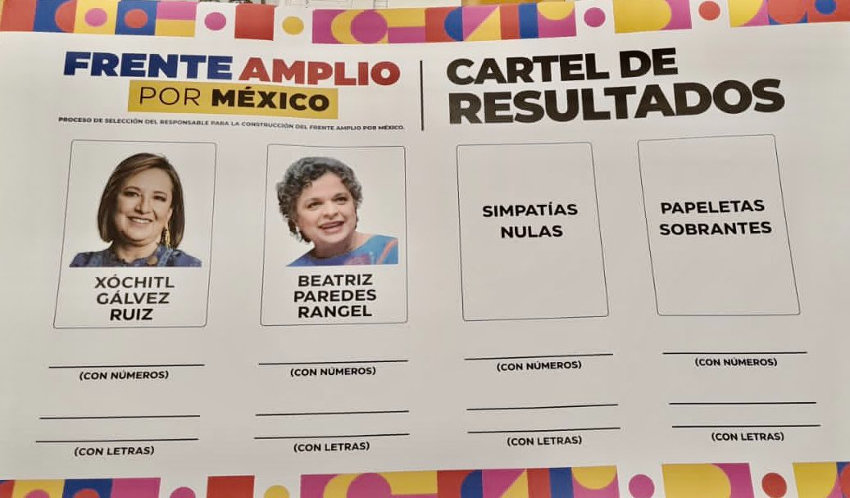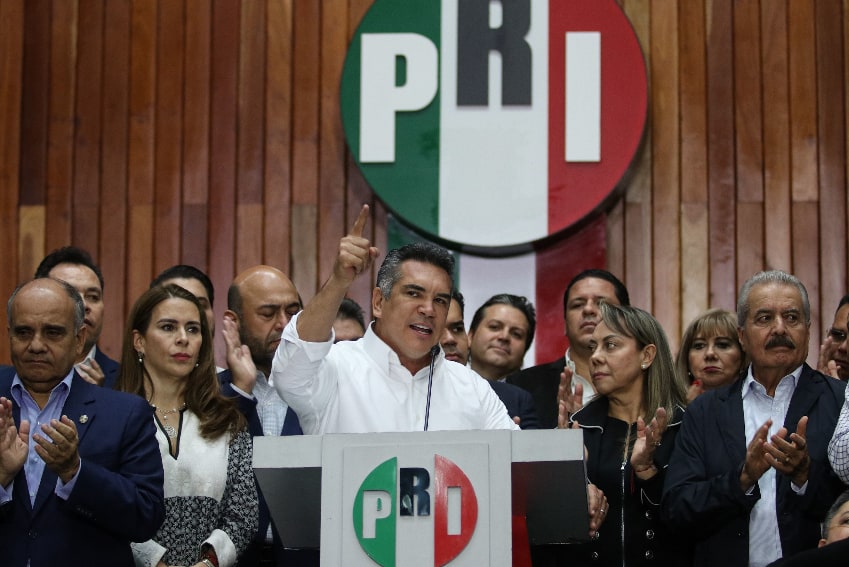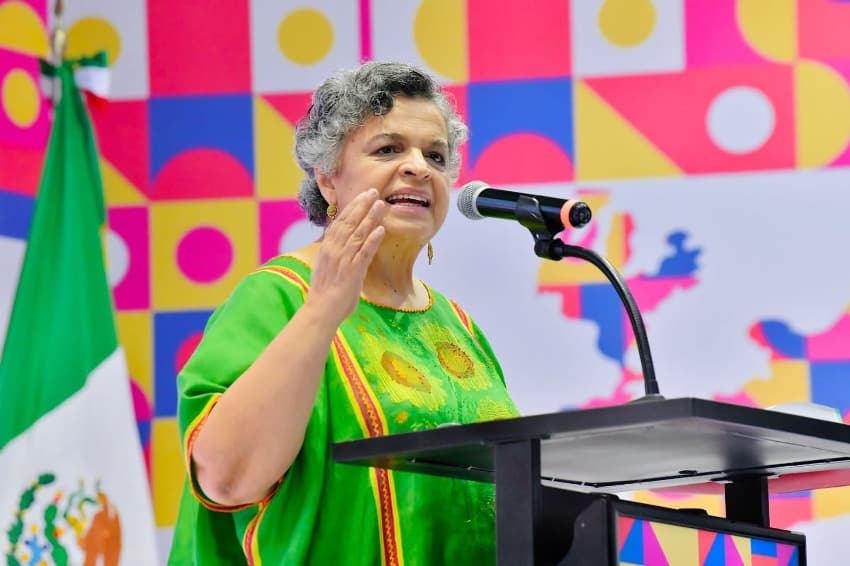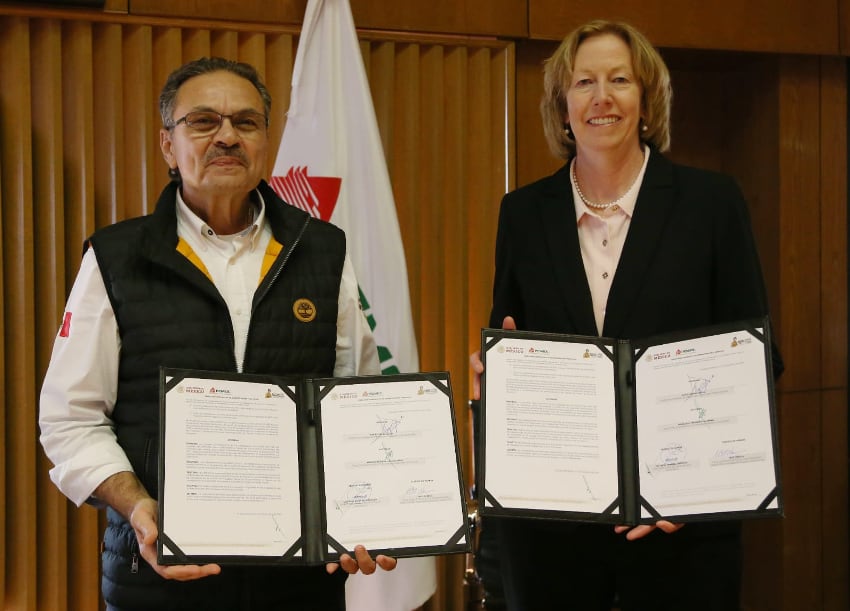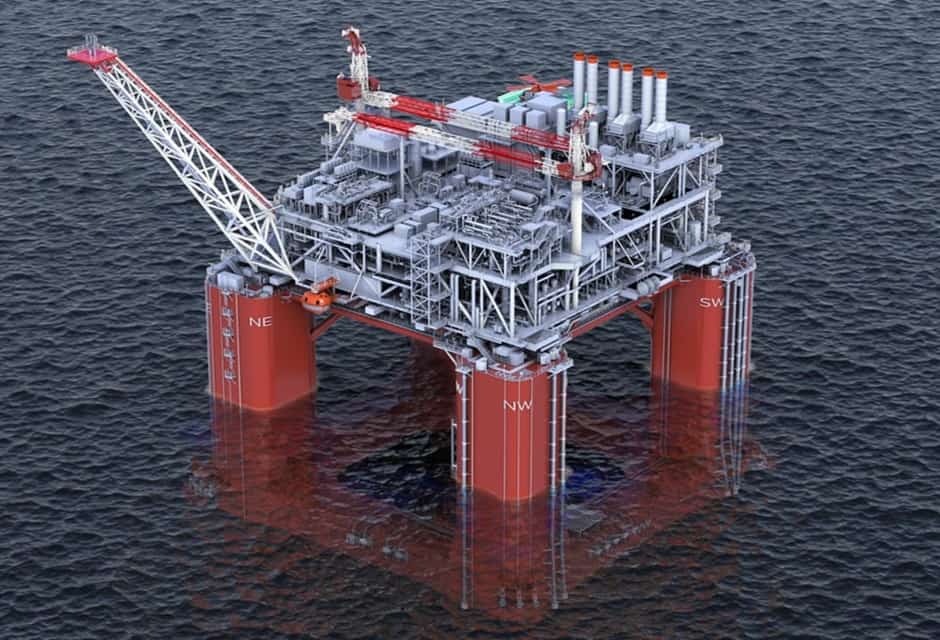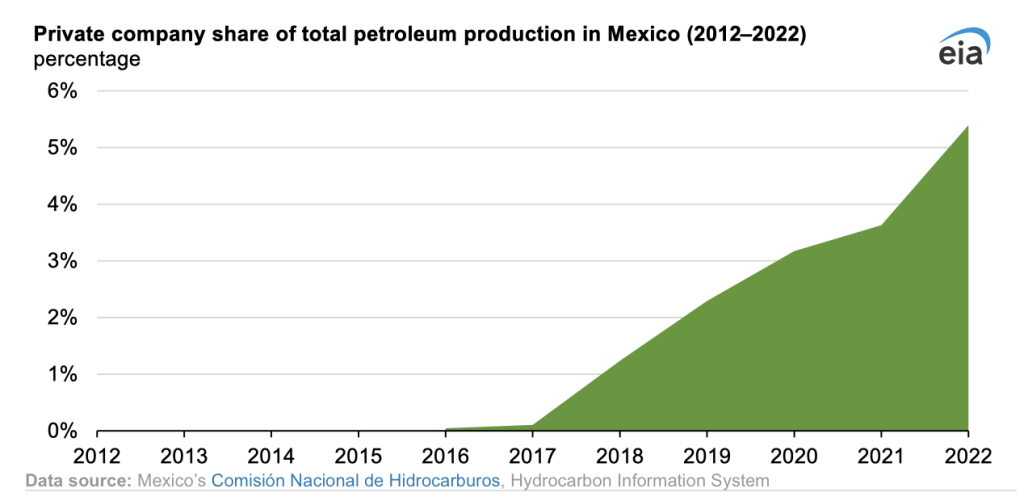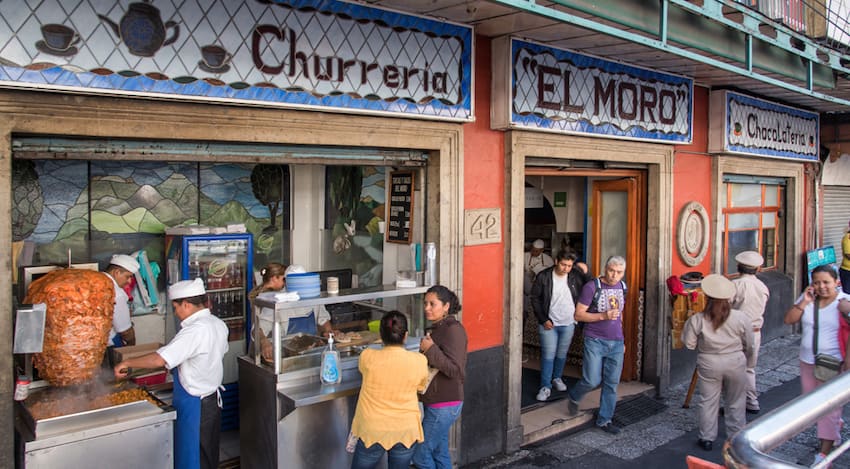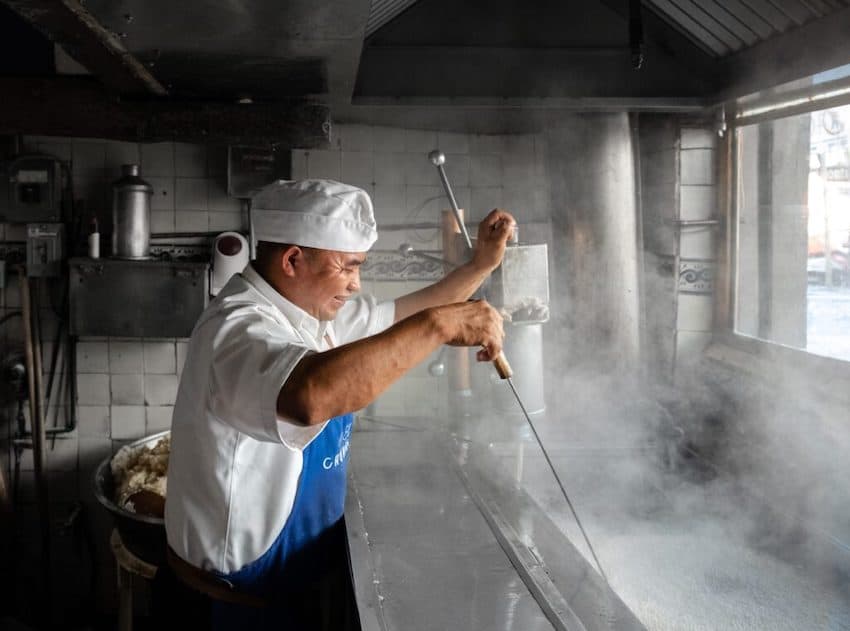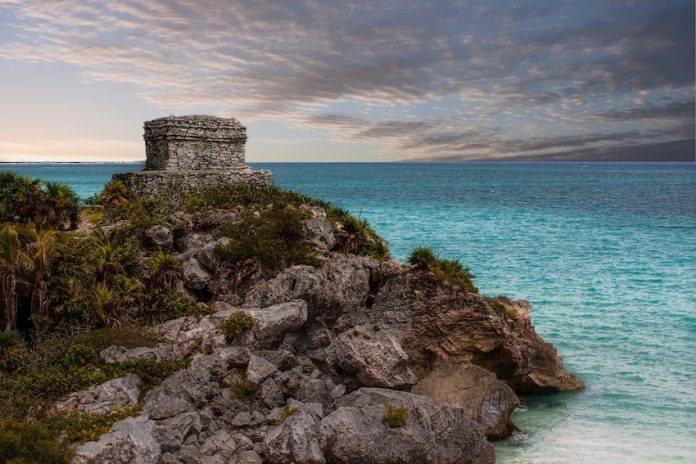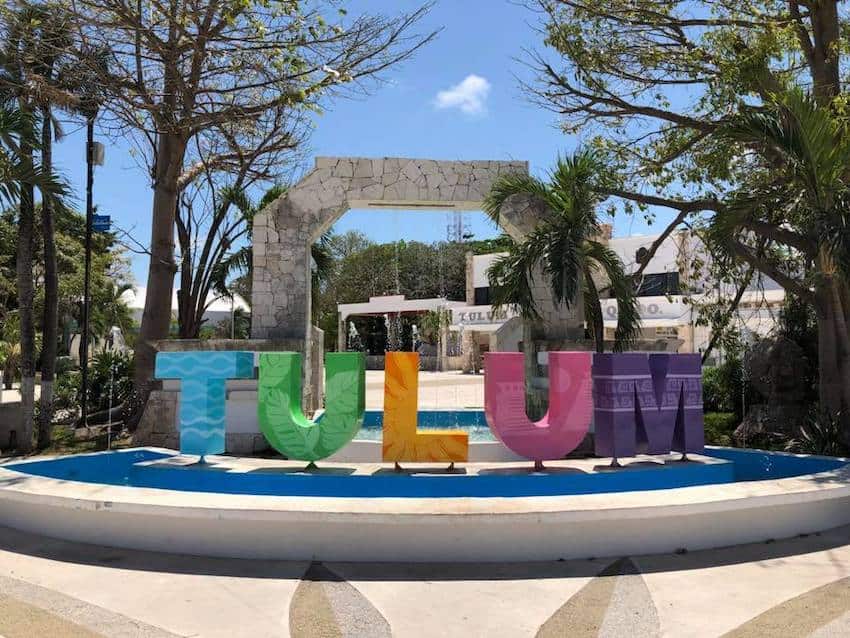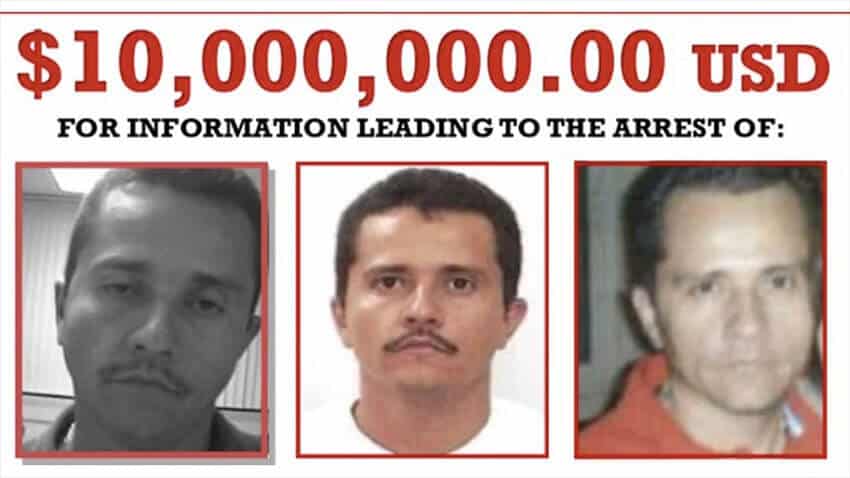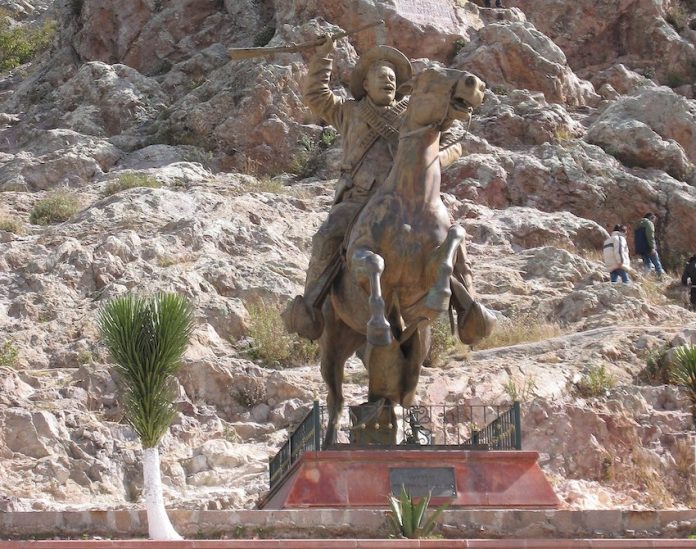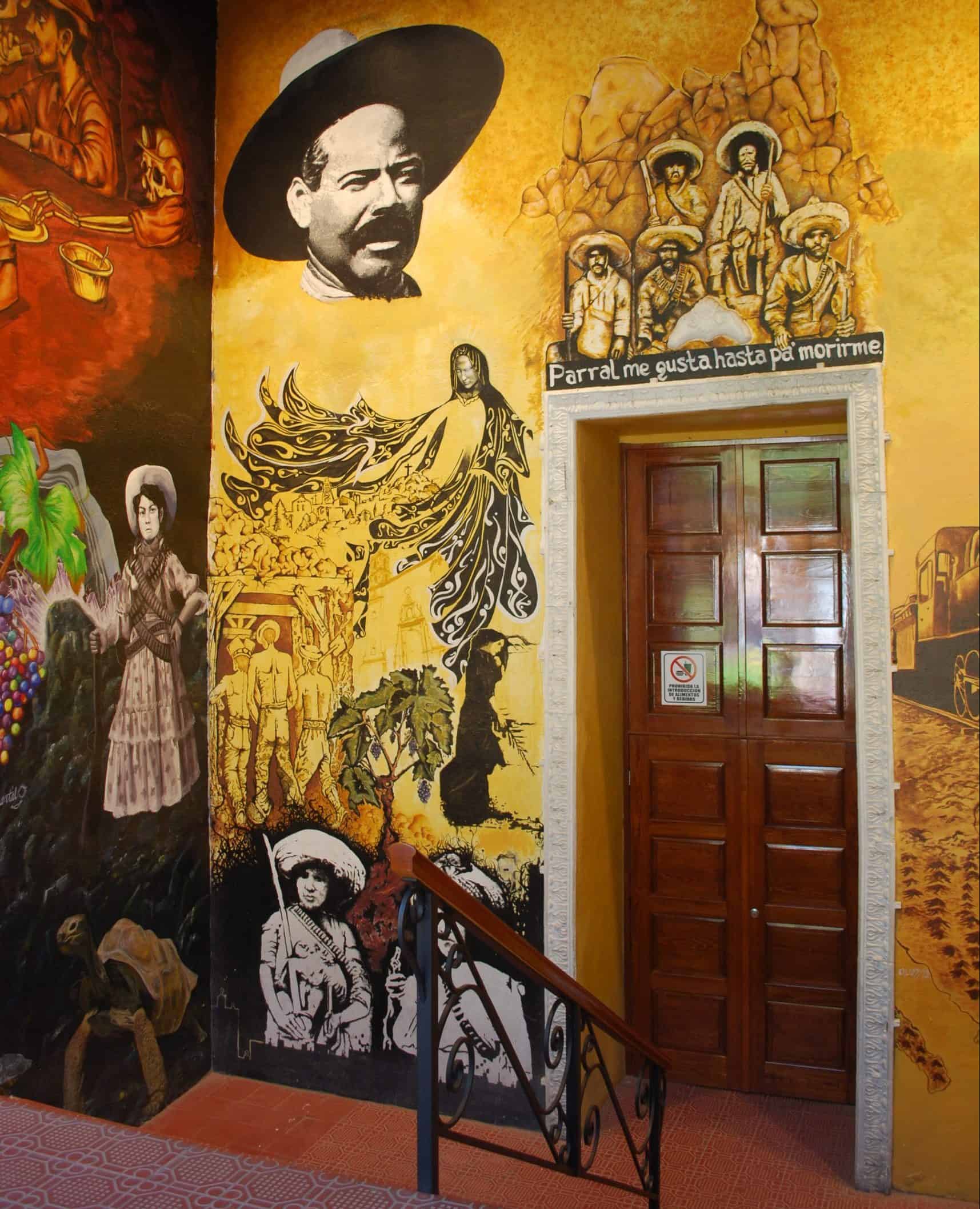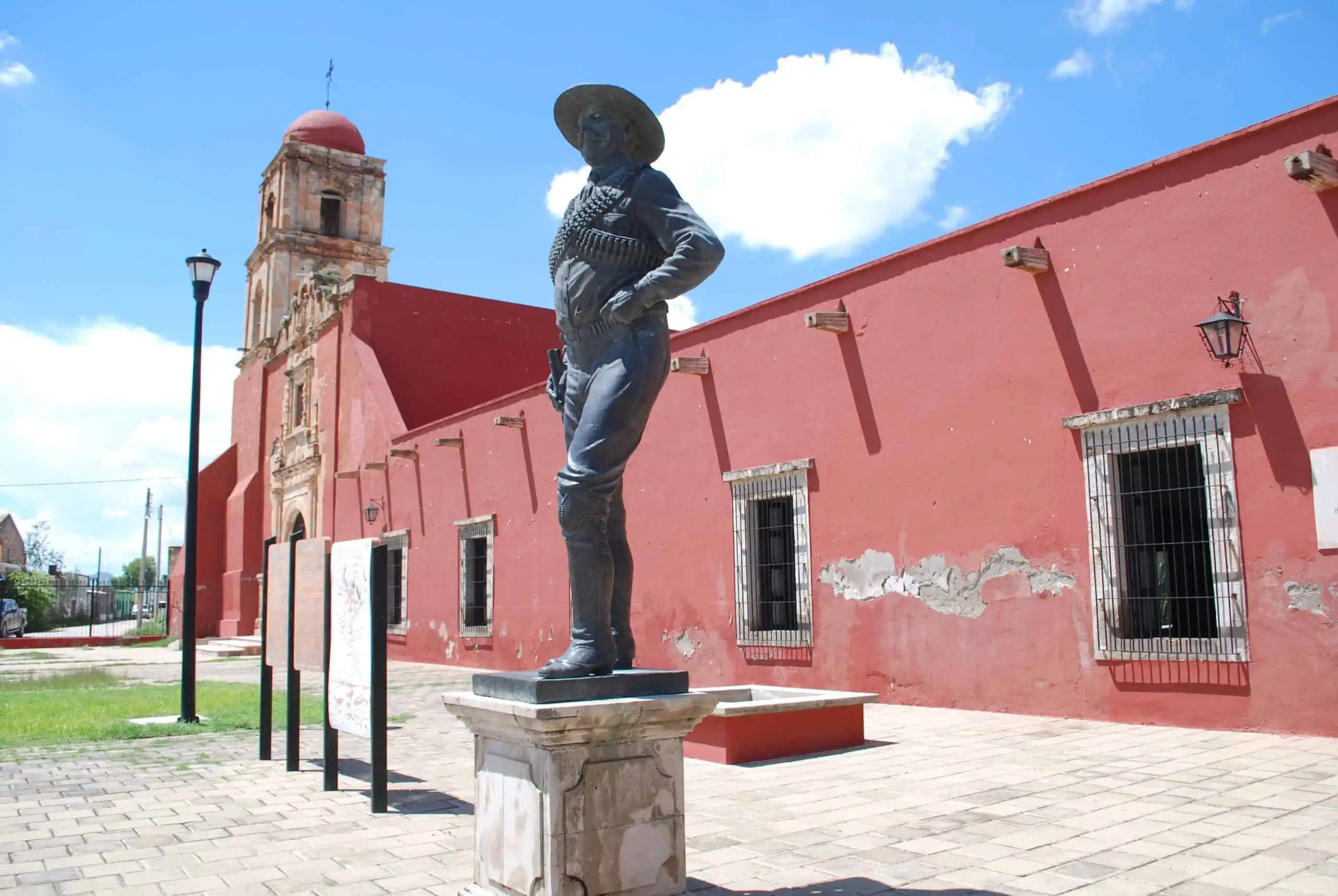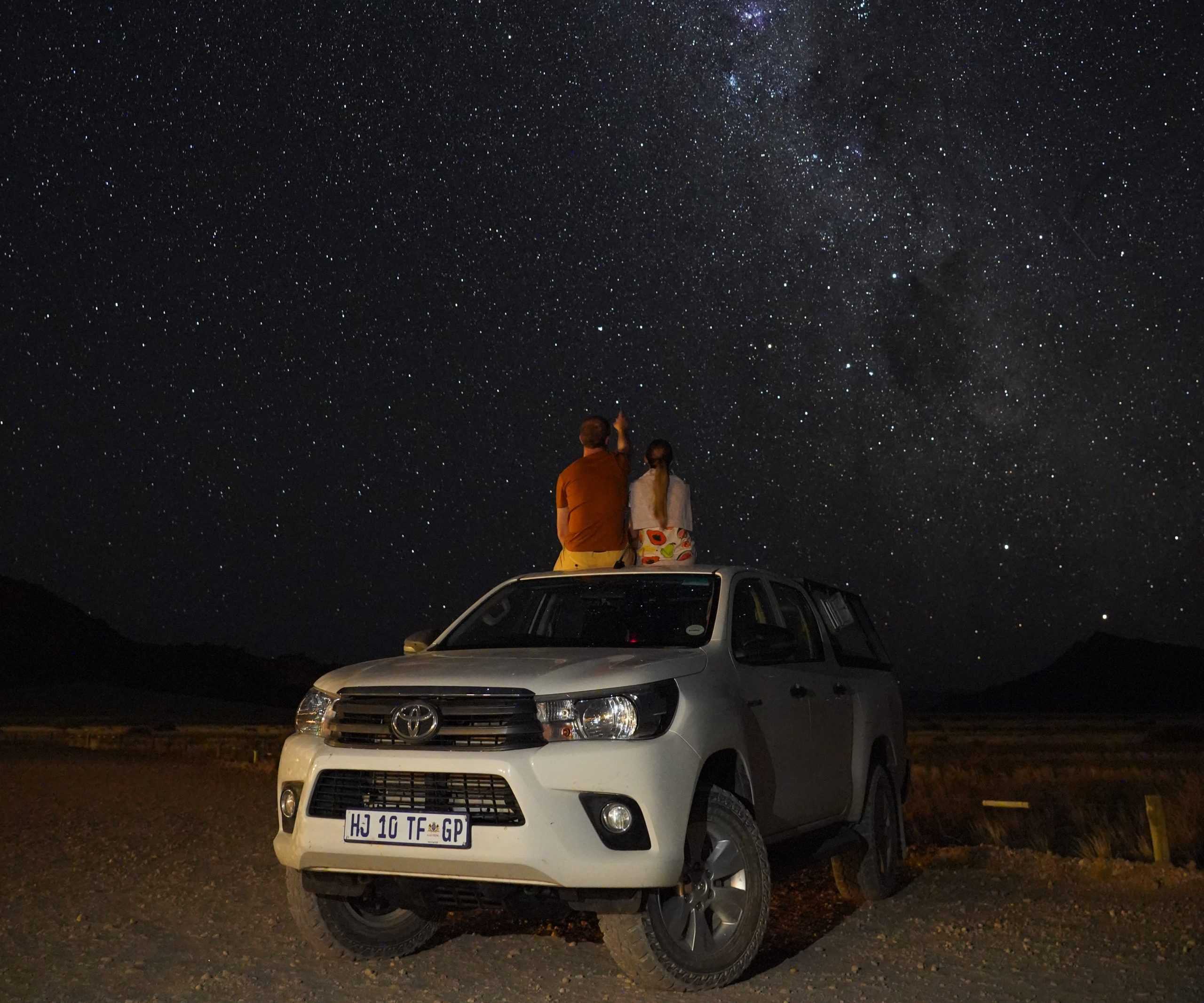It’s the year 1519. A dirty, weary group of Spanish explorers led by Hernán Cortés land on a small island, now known as San Juan De Ulúa. The weather is hot and humid, and the nearby coastal region is inhabited by long-established Indigenous peoples.
Not one to be deterred from his goals, Cortés quickly gains control of the coastal territory, using it as the primary base he needs to conquer the mighty Mexica (or Aztec) empire. He names the town Villa Rica de la Vera Cruz.
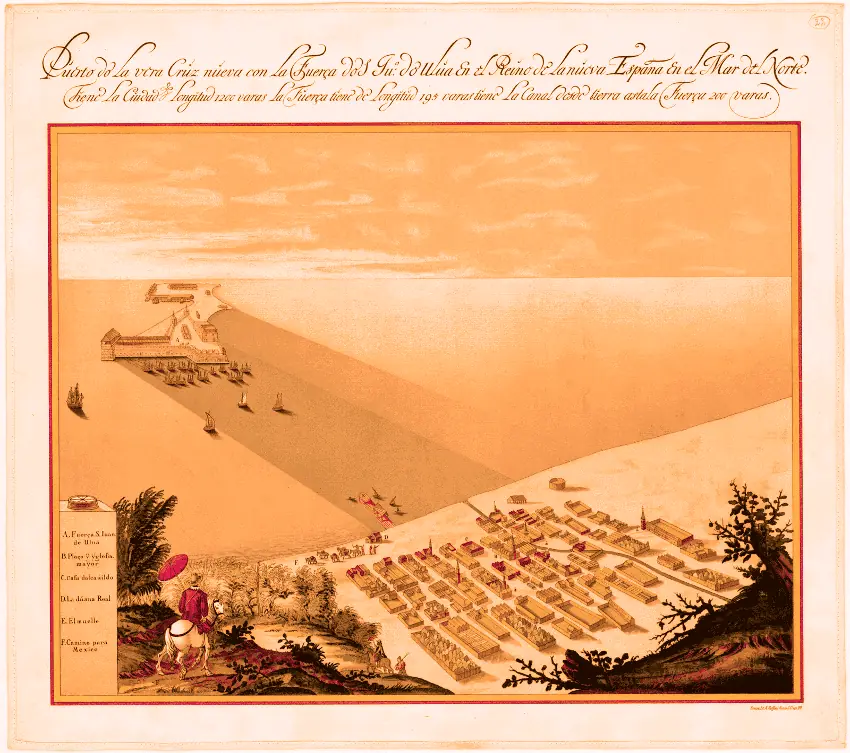
The colonial period saw Villa Rica de la Vera Cruz become the central link between Spain and Mexico, thanks to its eastward-facing port. Over centuries, the city experienced foreign plunderers, savage hurricanes, the slave trade and epidemics. Still, Veracruz stands strong, and is a prosperous and bustling commercial center today.
I visited the historic center of Veracruz as part of a road trip from CDMX to Oaxaca in July, and I loved it.
I lived in Miami for 11 years before moving to Mexico City and I miss four things – high heat, thick humidity, excessive sun and easy access to open water. Veracruz offers all those things and I effectively fell in lust as soon as I exited the car. To my delight, my time spent in Veracruz showed me that there was even more to love.
What to do:
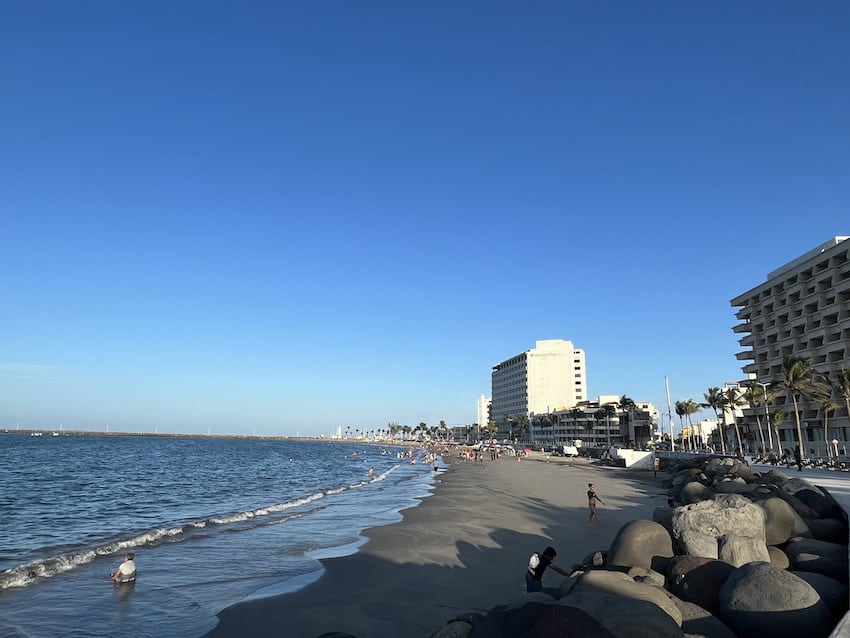
Start your day with a famous café lechero at Gran Café de la Parroquia which has been serving authentic veracruzano coffee since 1808. Enjoy live music, perhaps a housemade pan dulce, and what’s sure to be excellent people watching. There are several locations; I went to the Gran Café on the malecón, next to my hotel.
Adjacent to the café is the Mercado de Artesanías, and if you’re like me, you’d never pass up a good market. It’s fantastically full of regional treats, including:
- Vanilla (the state of Veracruz is the cradle of vanilla cultivation)
- Coffee
- Candy
- Sweet liquors made of almonds, fruit, or coffee
- Handcrafted bags and clothes
Take a short walk to the historic center, where you can visit the Museo de la Ciudad de Veracruz, the Mexico Naval Museum, the fortress at San Juan de Ulúa, or all three. It’s beautiful, and its architecture contrasts from haunting, Havana-style dilapidation to freshly painted reconstructed facades.
Since you’re likely hungry by now, might I suggest a seafood feast at Mariscos Villa Rica? There are a handful of locations and I chose the one situated directly on the town square. It showcased that old school, coastal town elegance that I’d been searching for and the food was excellent.
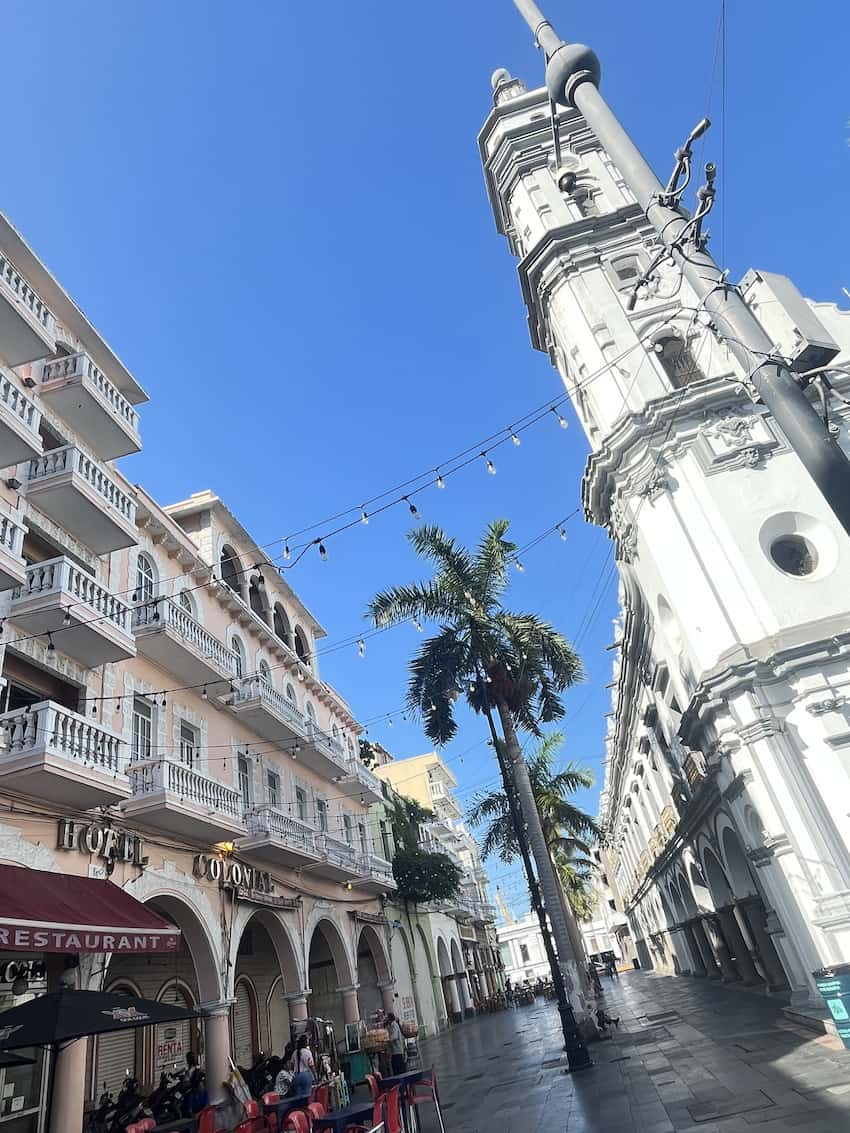
I was lucky enough to travel with a friend with whom I could share huachinango a la Veracruzana, a local red snapper dish with garlic, capers, and onions – with a side of tortillas, always. In addition, we ordered fresh ceviche, cazuela (a tomato-based soup overflowing with chunky seafood, to die for), and a bottle of crisp white wine from Valle de Guadalupe.
If you’re up for it, consider a (hopefully) breezy stroll along the malecón toward the beach. No, Veracruz beaches aren’t the nicest, but they’re a great spot to watch a spectacular sunset. Especially if you walk toward the fisherman’s pier, where there are also options to rent boats, go snorkeling, and engage in other water-sport activities.
From this positioning, you can admire the sleek skyline of Boca del Rio. I did not go to Boca, but promise to return and explore further for a future article. If you’re not up for that, the Aquarium of Veracruz is considered one of Mexico’s best.
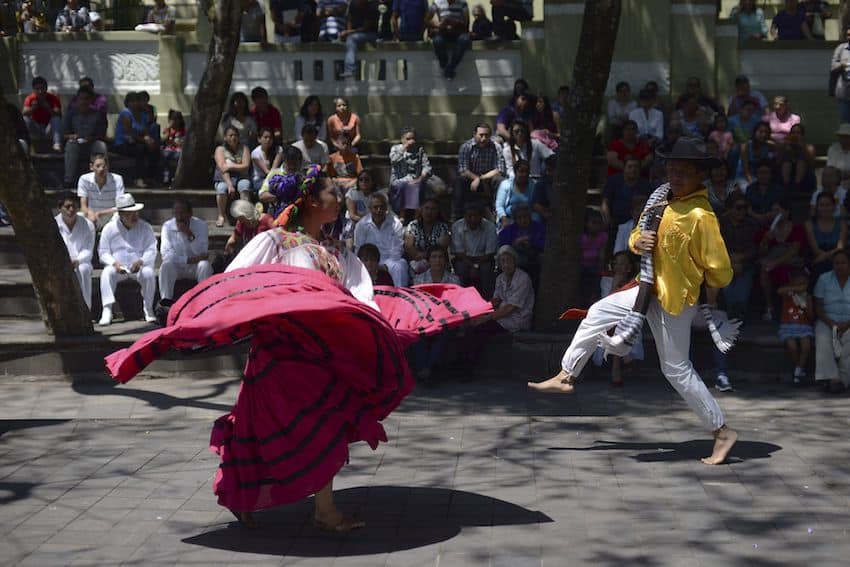
By now, you’re likely pretty hot. If you choose to take my advice to book a room at the Hotel Emporio, it’s an ideal time for a late afternoon dip in the pool. Keep in mind, however, that locals will soon gather in droves to watch Veracruz’s “best” dancers take part in a danzón, and it should not be missed.
At 7:00 p.m. sharp, a live orchestra will kick off this unmissable dance party in the zócalo. It lasts just one hour, at which point the crowd scatters for the ultimate nightcap – ice cream. If the line at the ¡Pásele Güero Güera! ice cream truck on the malecón is any indicator of its quality, I’d advise you to beeline there as soon as possible.
At night, the malecón comes to life with vendors, families, games, and music. Veracruzanos are noticeably friendly and smiley, which is very evident during their evening paseo along the water. It’s fun to observe before your real nightcap at the Great Lounge in Hotel Emporio.
The next day, I’d suggest an early day trip to El Taíin. It’s about 2 hours away but if striking Mesoamerican ruins without the crowds is your thing, don’t skip this. From here, you can opt for casual lunch on a restaurant terrace in nearby pueblo mágico Papantla, home of the famous voladores.
Where to stay:
Hotel Emporio is a time capsule, taking you back to Miami in its mafia heyday. On the weekends, the chic restaurant Restaurante Condimento offers a locally-famous Mar y Tierra buffet. The rooms are clean, cool, and comfortable. It’s worth splurging for a wrap around balcony with a view of the ship-lined port.
Overall, my visit to Veracruz was a memorable one. In fact, I think about returning every day. Its location makes it a bit lengthy to arrive by bus from Mexico City, but I’m willing to suffer the seven hours to revisit. Unless someone wants to drive me?
Bethany Platanella is a travel planner and lifestyle writer based in Mexico City. She lives for the dopamine hit that comes directly after booking a plane ticket, exploring local markets, practicing yoga and munching on fresh tortillas. Sign up to receive her Sunday Love Letters to your inbox, peruse her blog, or follow her on Instagram.
